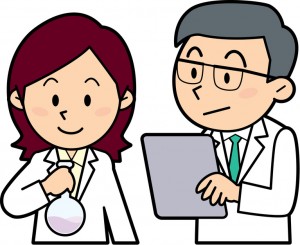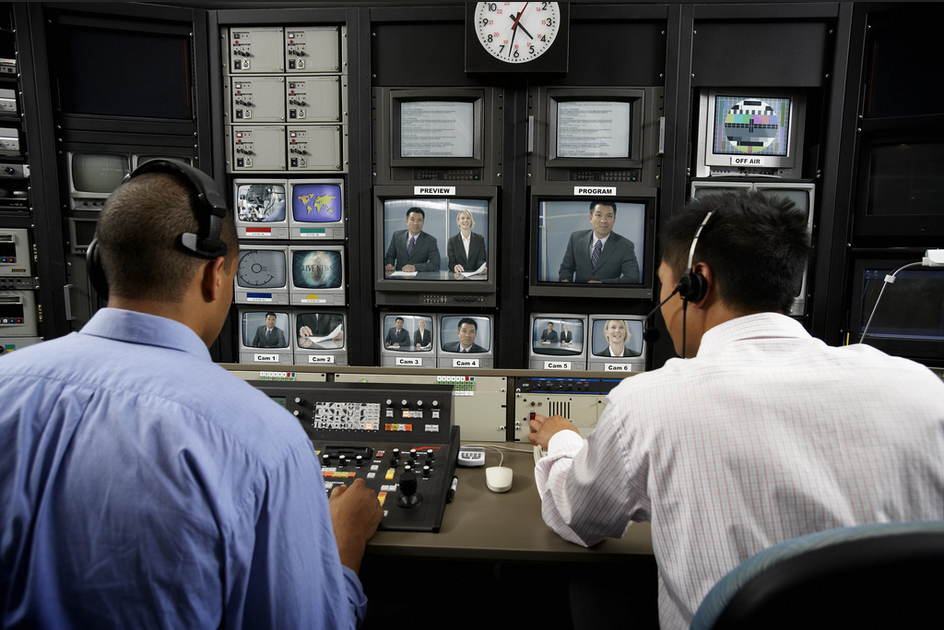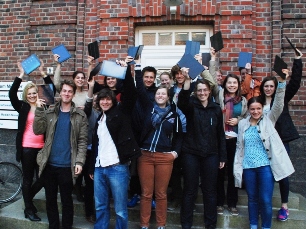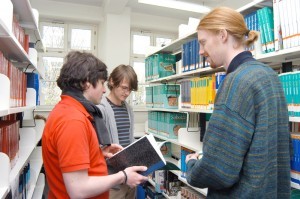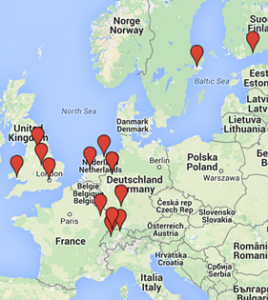
Interactive map of mobile technology projects at medical libraries & medical schools all around Europe
Recently, I was invited to sum up all incentives on mobile technology in our subject area for the summer issue of the Journal of EAHIL. The resulting monographic section was published as Use of mobile devices in medical libraries and medical schools. Alltogether 14 projects were listed throughout Europe.
Actually, the title for the introduction was a two sentences sum-up: „Mobile devices change the way medicine is taught, learned and practiced. That’s a great challenge for libraries“. (PDF) The papers in this special issue on mobile technologies have one thing in common. They all agree that “smartphones and tablet computers have become the new cultural ‘norm’ within personal and professional lives”. Especially tablets are used to enhance teaching, learning and practice of medicine. As you learn in this issue, some European medical schools have already recognized the value of tablet computers in learning and loan them or present them as a gift to students. Six from eight contributions regard tablets, which reflects pretty much the use we all recognize in lectures, libraries, on the ward, on the go. As students use tablets for learning and looking up information, it is clear that this will affect libraries too.
What may the future hold for medical librarians in the age of mobile devices as the new cultural norm?
Some reacted or pro-acted by lending tablet computers, recommending apps, licensing content, or training students in order to make the best of these devices. Some medical libraries have even developed their own apps or written designated iBooks, some – with the help of engaged faculty – are embedding tablets and contents into the curriculum. The projects in this issue present a wide range of interventions in terms of embedding mobile devices and technologies in medical libraries and schools for the sake of the medical education process.
Featured Original Article
- Enhancement or replacement? Understanding how legitimised use of mobile learning resources is shaping how healthcare students are learning Fuller R Joynes V, p 7
- Mobile technologies and medical education at Heidelberg University Library Gehrlein S, p 11
- Design, development and implementation of a mobile learning strategy for undergraduate medical education Toro-Troconis M, Morton C, Bennie T, Leppington C, Hemani A, Lupton M, p 14
- The Branch Library of Medicine Münster created a tablet toolbox for embedding mobile digital learning resources into the curriculum Obst O, p 21-22
- Re-inventing the e-book: how tablets increased e-book take-up at Bern University Bissels G, p 23
- From pilot to practice: iPads at the University of Helsinki Faculty of Medicine Masalin T, p 27
- What are the attitudes of F1 doctors in Prince Philip Hospital towards their use of the iDoc app? Bruch S, Paget T, p 32
- Abandoning native apps to become future friendly, Jergefelt M, p 36
These articles were published in JEAHIL, Issue 2, 2015
